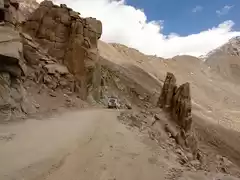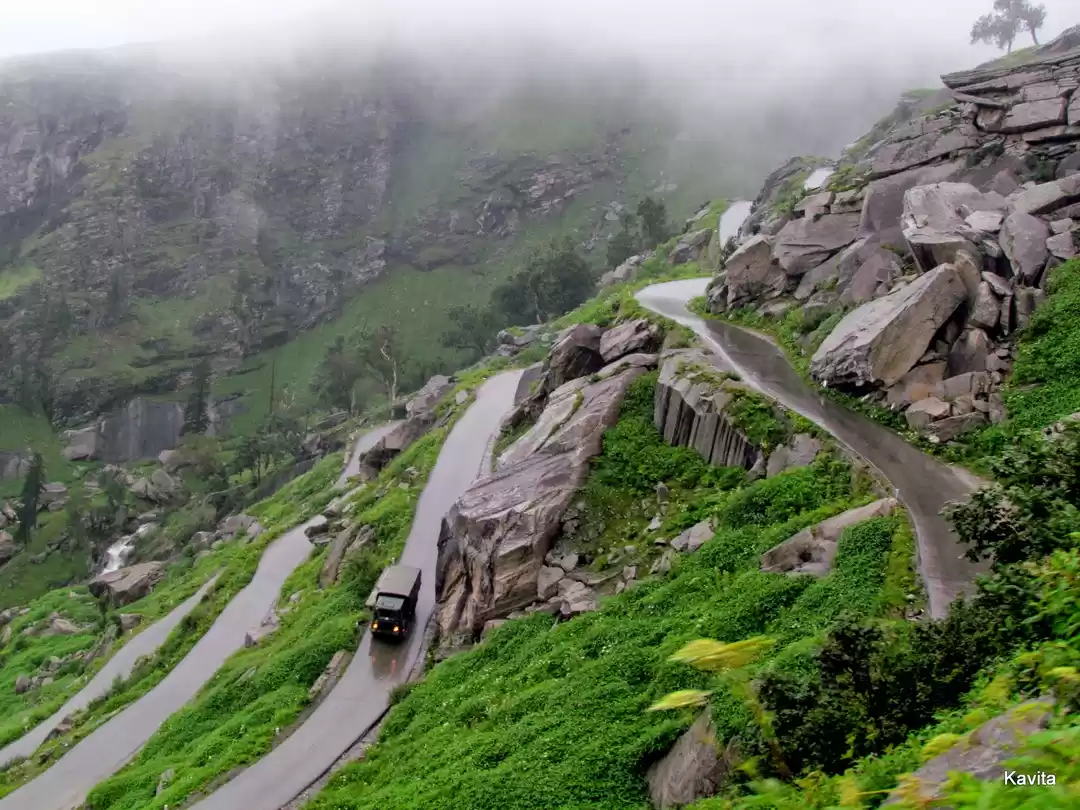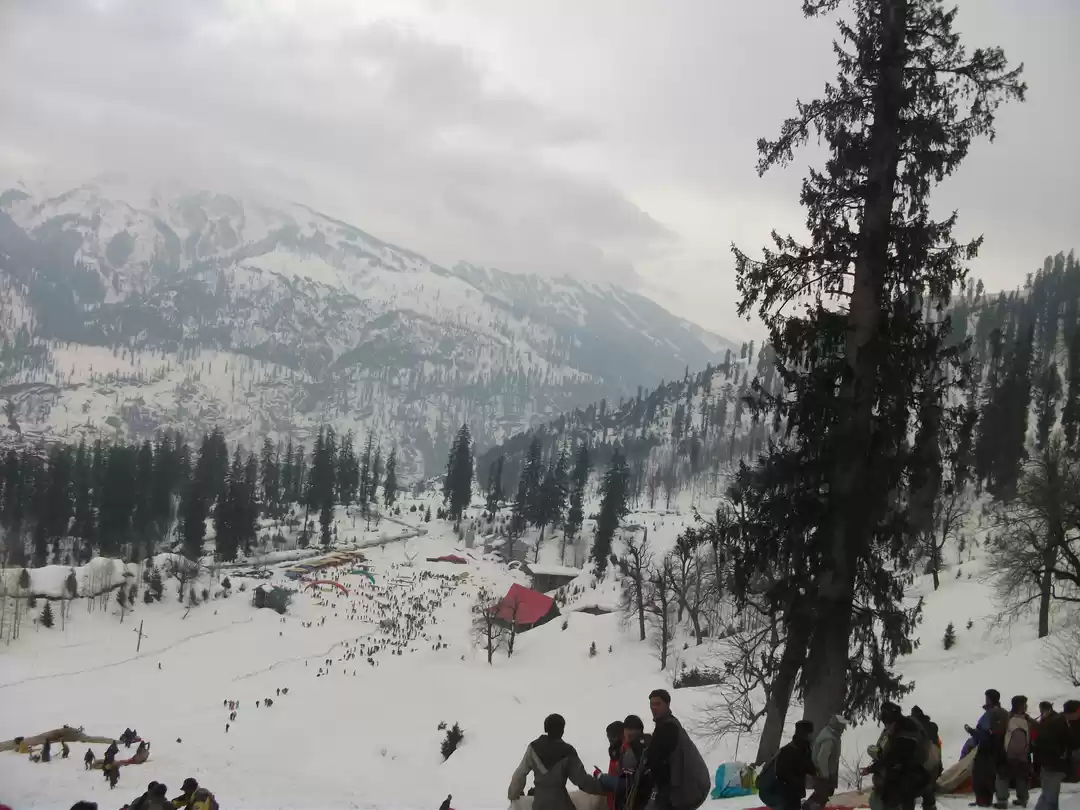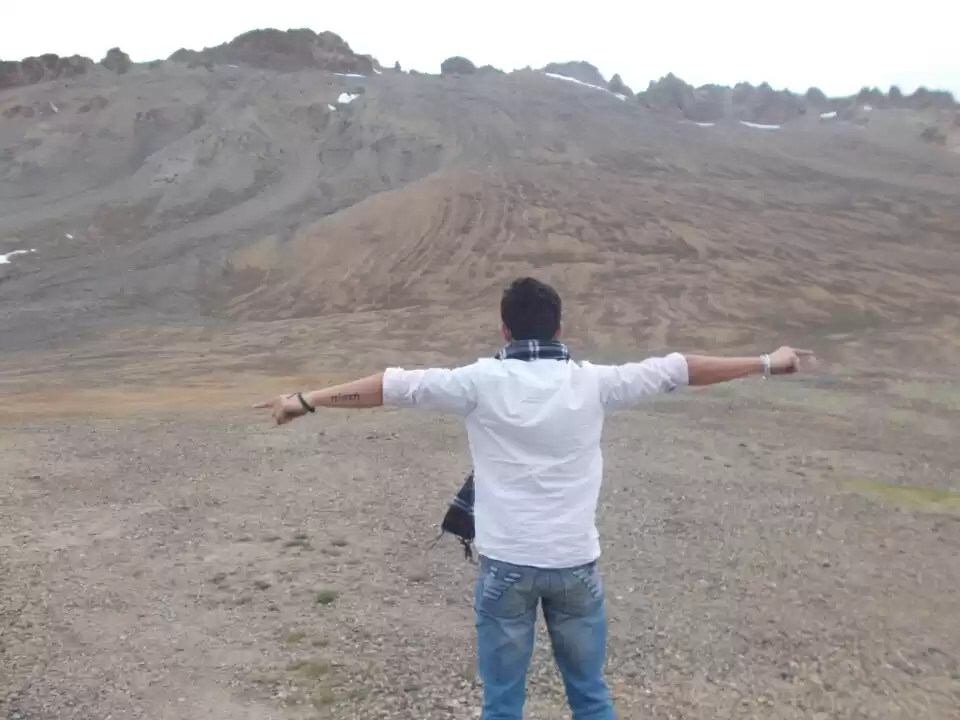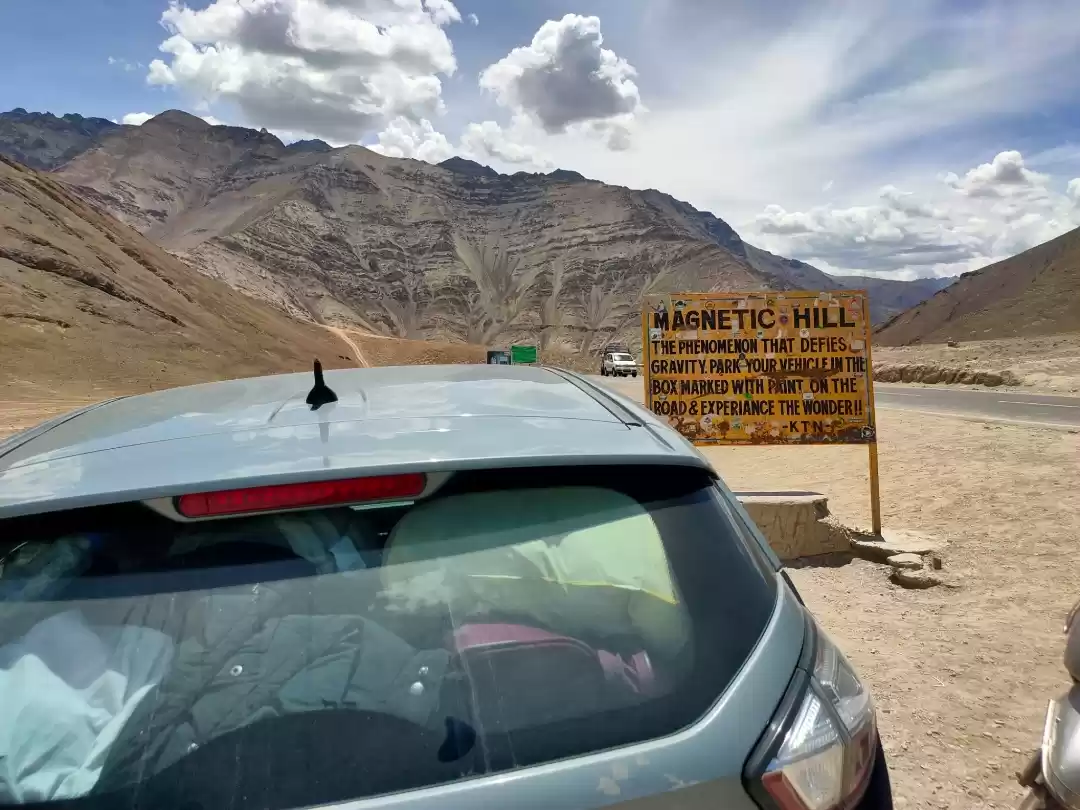Have you ever seen a car defy gravity and roll uphill on its own? If not, then you should visit the Magnetic Hill in Ladakh, one of the most fascinating and mysterious attractions in India. Located on the Leh-Kargil highway, about 30 km from Leh, the Magnetic Hill is a place where the laws of physics seem to bend and break. Here, you can witness the amazing phenomenon of your vehicle moving uphill without any engine power, as if pulled by an invisible force. But what is the secret behind this phenomenon? Is it really a magnetic force, a supernatural power, or just an optical illusion?
In this article, we will explore the different theories and explanations of the Magnetic Hill, and also give you some tips and information on how to visit this wonder of nature.

The Optical Illusion Theory
The most widely accepted and scientifically proven theory behind the Magnetic Hill phenomenon is that it is an optical illusion caused by the landscape and the horizon. According to this theory, the Magnetic Hill is actually a slight downhill slope, but it appears to be an uphill slope because of the obstructed horizon. The horizon is the line where the sky and the earth meet, and it helps us to judge the slope of the surface. However, in the case of the Magnetic Hill, the horizon is not visible because of the surrounding hills and valleys. This creates a false perspective, and makes us think that the road is going uphill, when it is actually going downhill. Therefore, when we turn off the engine and release the brakes, the vehicle starts rolling downhill, but it seems to be rolling uphill.
This optical illusion is not unique to the Magnetic Hill in Ladakh. There are many other places in the world where similar phenomena occur, such as the Electric Brae in Scotland, the Gravity Hill in Australia, and the Mystery Spot in California. These places are also known as gravity hills, magnetic hills, or mystery hills, and they attract thousands of curious visitors every year.
The Magnetic Force Theory
Another popular theory behind the Magnetic Hill phenomenon is that it is a magnetic force that attracts the vehicles and makes them move uphill. According to this theory, the Magnetic Hill has a strong magnetic field, which is generated by electric currents, geodynamo, or ancient meteorites. This magnetic field interacts with the metal parts of the vehicles, and pulls them towards the hill. Some people also claim that the magnetic field affects the compasses, the planes, and even the birds, and makes them deviate from their normal course.
However, this theory has been debunked by many scientists and experts, who have measured the magnetic field of the Magnetic Hill and found it to be normal. They have also pointed out that the magnetic force is not strong enough to overcome the gravity and move the vehicles uphill. Moreover, the magnetic force would affect all the vehicles equally, regardless of their size, weight, or shape, which is not the case in reality. Therefore, the magnetic force theory is not a valid explanation of the Magnetic Hill phenomenon.
The Locals' Myth
The third and the most interesting theory behind the Magnetic Hill phenomenon is the local belief of the people of Ladakh. According to this theory, the Magnetic Hill is a sacred and mystical place, where the supernatural forces are at work. The locals believe that the Magnetic Hill is a pathway to heaven, and that only the blessed ones can reach the top of the hill. They also believe that there is a powerful and benevolent force that protects the travelers and guides them to their destination. Some of the locals even worship the Magnetic Hill and offer prayers and offerings to the deity of the hill.
This theory may not have any scientific basis, but it reflects the rich and diverse culture and history of Ladakh. Ladakh is a land of ancient monasteries, colorful festivals, and stunning landscapes, where Buddhism, Islam, and Hinduism coexist peacefully. The people of Ladakh are known for their hospitality, resilience, and spirituality, and they have many stories and legends to share with the visitors.
Tips for Visiting Magnetic Hill
If you are planning to visit the Magnetic Hill and experience the phenomenon for yourself, here are some tips and information that you should know:
- The best time to visit the Magnetic Hill is between May and September, when the weather is pleasant and the road is clear. Avoid visiting the Magnetic Hill during the winter months, when the temperature drops below zero and the road is covered with snow and ice.
- The Magnetic Hill is located on the Leh-Kargil highway, about 30 km from Leh. You can reach the Magnetic Hill by car, bike, or taxi, from Leh or Kargil. The journey takes about 40 minutes from Leh and about 3 hours from Kargil. You can also take a bus from Leh or Kargil, but you may have to walk for some distance to reach the Magnetic Hill.
- The Magnetic Hill is marked by a yellow signboard that says "The Phenomenon That Defies Gravity". There is also a white box painted on the road, where you have to park your vehicle and turn off the engine. Then, release the brakes and watch your vehicle move uphill on its own. You can also try the experiment with a bottle of water or a ball, and see them roll uphill.
- The Magnetic Hill is not the only attraction in the area. You can also visit some of the nearby places, such as the Leh Palace, the Pangong Lake, and the Khardung La Pass, which are some of the most popular and beautiful destinations in Ladakh. You can also enjoy some adventure activities, such as trekking, camping, rafting, and biking, in the region.

Conclusion
The Magnetic Hill in Ladakh is one of the most intriguing and mysterious places in India, where you can witness a phenomenon that defies gravity and logic. Whether you believe it is an optical illusion, a magnetic force, or a supernatural power, you will surely be amazed and entertained by the Magnetic Hill. So, what are you waiting for? Book your trip to Ladakh today and witness the magic of the Magnetic Hill!



























